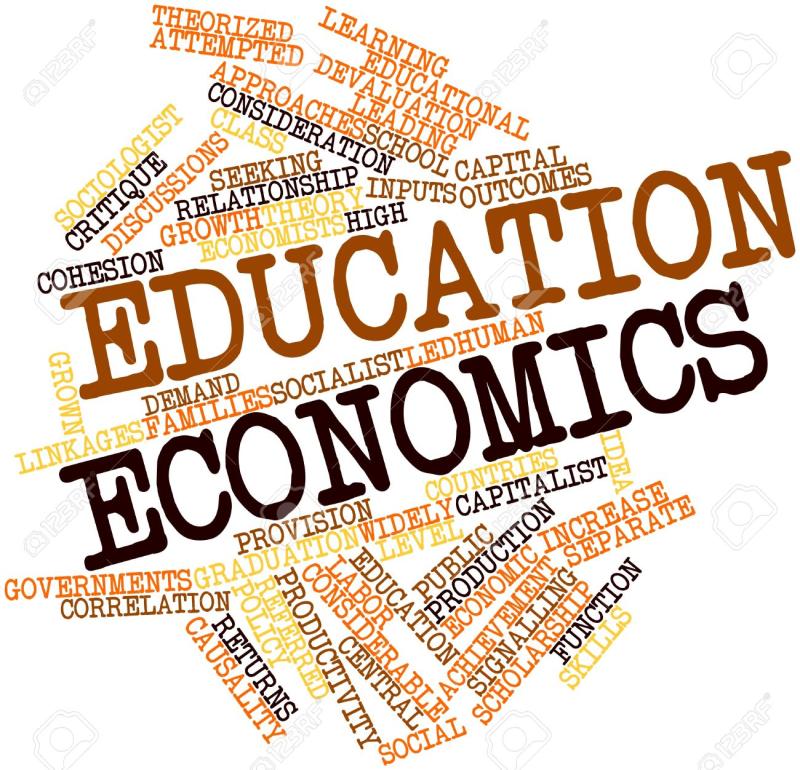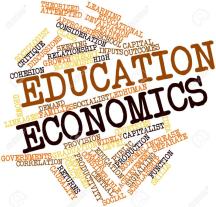What are the economics of Education?
The economics of education refers to the study of how resources are allocated to, within, and through the education sector. It involves analyzing the economic aspects of education systems, institutions, and policies, and understanding how these factors impact individuals, society, and the economy as a whole. Here are some key aspects and impacts of the economics of education:
Resource Allocation:
- Governments, households, and individuals allocate resources (such as money, time, and effort) to education.
- The distribution of resources among different levels of education (primary, secondary, higher education) and various educational institutions affects educational outcomes and economic development.
Human Capital Development:
- Education is often viewed as an investment in human capital—the knowledge, skills, and abilities of individuals.
- Higher levels of education are generally associated with higher earning potential, increased productivity, and improved economic outcomes for individuals and society.
Labor Market Outcomes:
- Education influences labor market dynamics by affecting employment opportunities, wages, and career advancement.
- Skilled and educated workers are often in higher demand, contributing to economic growth and competitiveness.
Social Mobility:
- Education can be a powerful tool for social mobility, allowing individuals to move up or down the social and economic ladder.
- Access to quality education can impact the likelihood of breaking the cycle of poverty across generations.
Public Policy and Investment:
- Governments play a crucial role in shaping education policies and making investments in education infrastructure.
- Public policies, such as funding formulas, school quality standards, and financial aid programs, influence the accessibility and quality of education.
Externalities:
- Education generates positive externalities for society, such as lower crime rates, improved health outcomes, and increased civic participation.
- These external benefits contribute to the overall well-being and development of communities.
Global Competitiveness:
- Nations with well-educated populations are often more competitive in the global economy.
- Investments in education contribute to a country's ability to innovate, adapt to technological changes, and compete in the international marketplace.
Cost-Benefit Analysis:
- Economists often conduct cost-benefit analyses of educational investments to assess the economic returns and societal benefits relative to the costs.
Understanding the economics of education involves examining these various factors and their interconnections to inform policy decisions, improve educational outcomes, and contribute to economic development.
Delving into the Economics of Education: A Closer Look
The Economics of Education is a fascinating field that intersects two critical aspects of our society: economic principles and educational systems. Let's dive into your questions:
1. Encompassing Aspects:
The Economics of Education embraces a broad range of topics, including:
- Demand for education: Analyzing why individuals and societies invest in education, often framed through human capital theory, where education increases earning potential.
- Supply of education: Examining how educational institutions are funded, financed, and operated, including public and private schools, vocational training, and higher education.
- Efficiency and equity: Evaluating how resources are allocated within the education system and whether everyone has equal access to quality education, addressing issues like educational inequality and school choice.
- Impact of education: Studying how education affects individual outcomes like earnings, productivity, health, and civic engagement, as well as broader societal outcomes like economic growth and social mobility.
- Policy analysis: Using economic tools to evaluate the effectiveness of different educational policies, such as school funding formulas, voucher programs, and teacher compensation systems.
2. Economic Principles in Education:
Economic principles like supply and demand, cost-benefit analysis, and market efficiency are applied to understand various aspects of education. For example:
- Supply and demand: Analyzing how student enrollment in different types of schools (public, private, vocational) is influenced by cost, perceived quality, and job market demand for specific skills.
- Cost-benefit analysis: Evaluating the cost-effectiveness of educational programs and interventions, considering both financial costs and long-term benefits like increased earnings or reduced crime rates.
- Market efficiency: Assessing whether the education system allocates resources efficiently and incentivizes quality education, exploring issues like school competition and teacher incentives.
3. Key Economic Factors:
Several economic factors play a significant role in shaping educational systems:
- Government funding: Public funding for education varies across countries and states, impacting access and quality.
- Income inequality: Wealthy families often have more resources to invest in their children's education, perpetuating educational disparities.
- Technological advancements: Technological changes can influence both the skills needed for the workforce and the delivery of education itself, like online learning platforms.
- Globalization: The globalized economy creates demand for certain skills and knowledge, shaping education systems to meet those needs.
4. Impact on Educational Policies:
Studying the Economics of Education informs and shapes educational policies in several ways:
- Identifying effective interventions: Research can shed light on which educational programs, funding mechanisms, or policy changes are most effective in improving learning outcomes and reducing inequality.
- Cost-effectiveness analysis: Economic tools can help policymakers prioritize initiatives with the highest return on investment in terms of educational benefits.
- Evaluating existing policies: Studying the economic impact of existing policies, like standardized testing or school choice programs, can guide policymakers in making informed decisions about their effectiveness and potential modifications.
5. Research Areas:
The Economics of Education encompasses a diverse range of research areas, including:
- Early childhood education: Examining the economic benefits of early childhood education programs for individual development and societal productivity.
- Teacher quality and compensation: Analyzing the link between teacher quality, pay structures, and student outcomes.
- Student loans and higher education financing: Investigating the economic impact of student debt and exploring alternative financing models for higher education.
- The skills gap and vocational training: Studying the demand for specific skills in the labor market and how vocational training programs can address workforce needs.
- The long-term economic impact of education: Assessing the economic benefits of education over individuals' lifetimes and across generations.
By applying economic principles to educational challenges, the Economics of Education plays a crucial role in creating better learning opportunities for all and promoting a more equitable and prosperous society.
I hope this gives you a comprehensive overview of the Economics of Education! Feel free to ask any further questions you may have about specific aspects.










